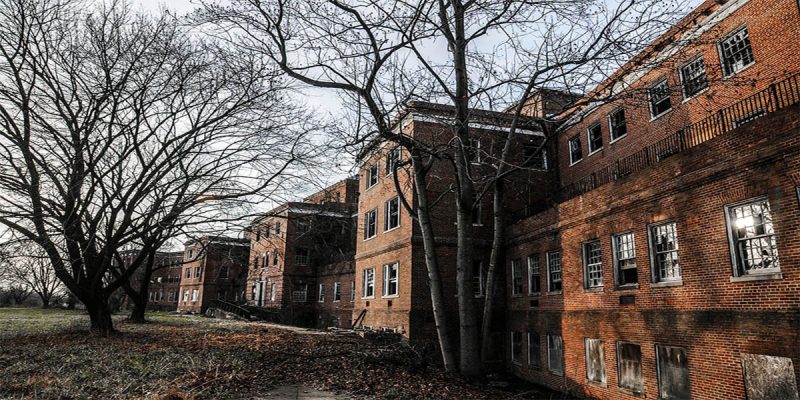The former Glenn Dale Hospital in Glenn Dale, Maryland, was once a large tuberculosis hospital constructed to treat the population of the Washington D.C. area.
The has a campus-like setting with 23 brick, Colonial Revival style buildings, built primarily between 1933 and 1939.
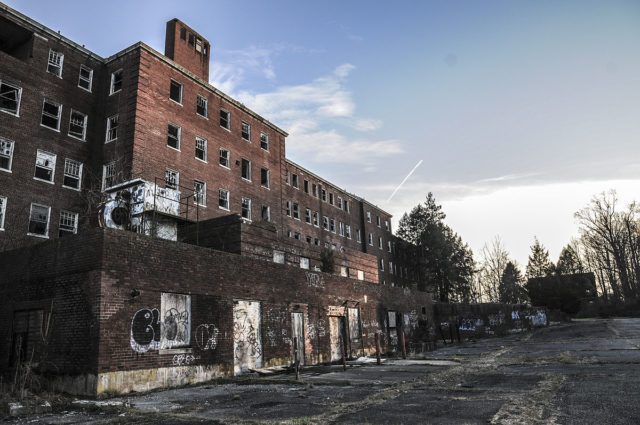
Glenn Dale looked more like a country resort than a medical facility.
The complex consisted of mainly two large hospital buildings: Building A and Building B. The first one opened in 1937 and treated adults with a capacity of 293 beds.
The second opened three years earlier, in 1934 and treated children, with a capacity of 257. Both the children’s and adults’ buildings are connected by a series of underground tunnels, like many sanitariums.
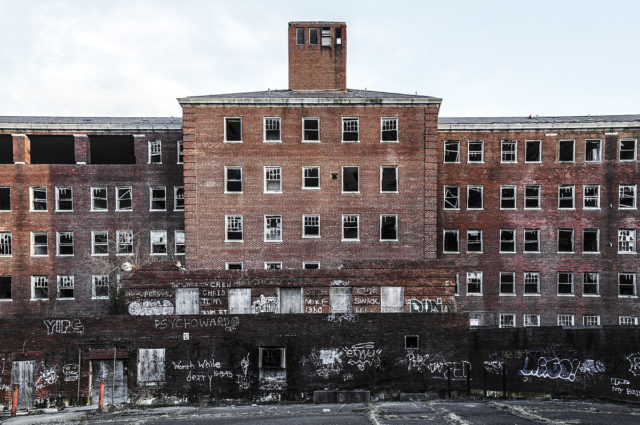
Those two buildings are the most widely explored structures by local trespassers. Other structures included the power plant, trash incinerator, nurse’s quarters, and staff housing.
At its height, Glenn Dale housed about 600 patients and 500 doctors and staff members. Other parts of the hospital include: art rooms, staff housing, nurses’ homes, playgrounds, theater, seclusion rooms, storage areas, chapels, morgues, and boiler rooms.
After the tuberculosis epidemic had mostly died out, in 1960, Glenn Dale hospital was used to treat the chronically ill. Building A was used to provide hospital medical care, and Building B was a skilled nursing and immediate care center. It remained a nursing home until the campus closed because of asbestos in 1981.
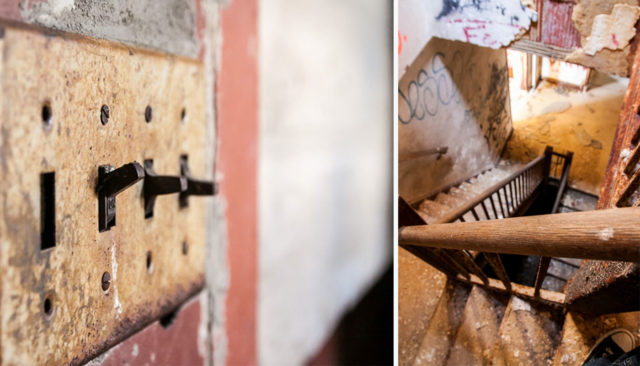
In 1994, Maryland enacted a law that requires if the grounds are sold, they are supposed to be used as a continuing care retirement community.
The rest of the land is meant to be open space park land. In 1995, the Maryland-National Capital Park and Planning Commission (MNCPPC) purchased the property from the District of Columbia. Under the deed, if the MNCPPC receives more than its cost from selling the property, it must share the proceeds with the District.
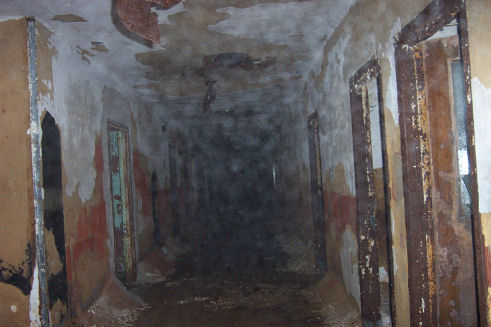
Many of the abandoned buildings that have featured here are the subject of rumours involving ghosts and other such legends.
